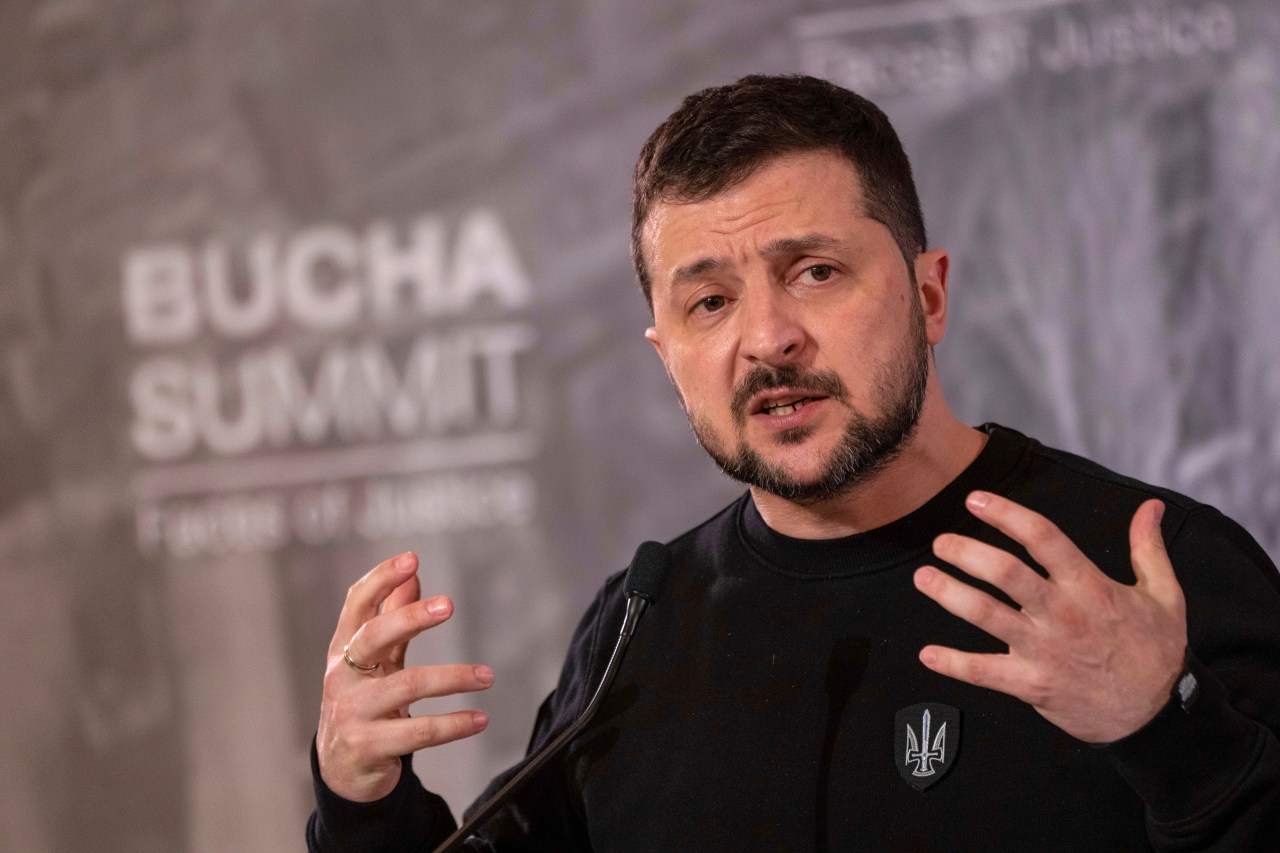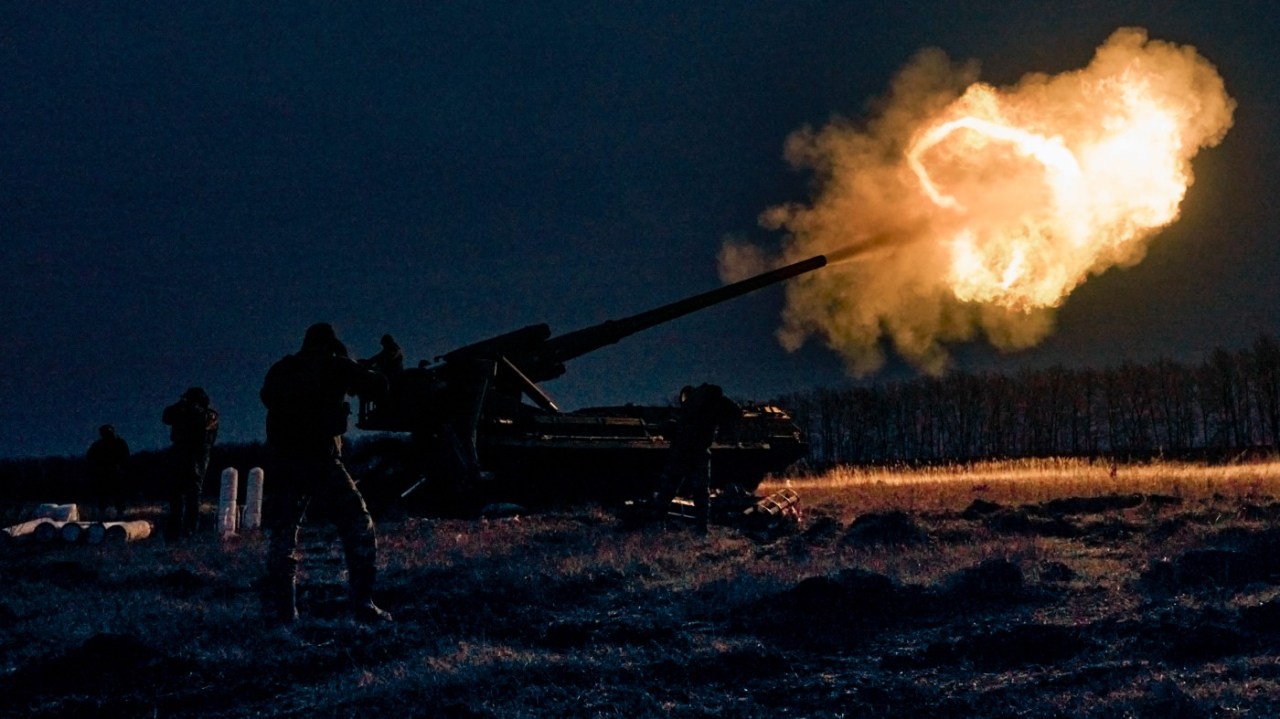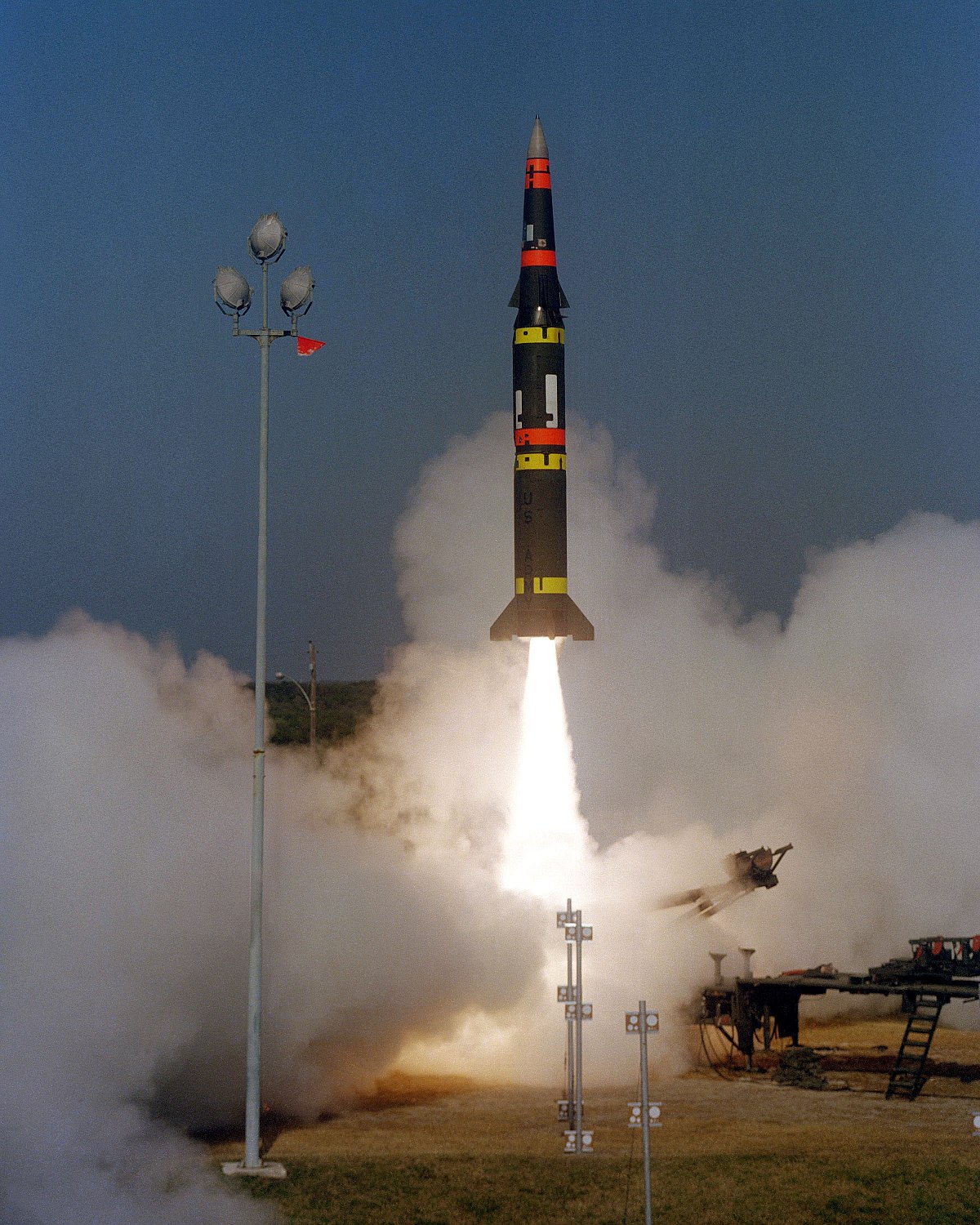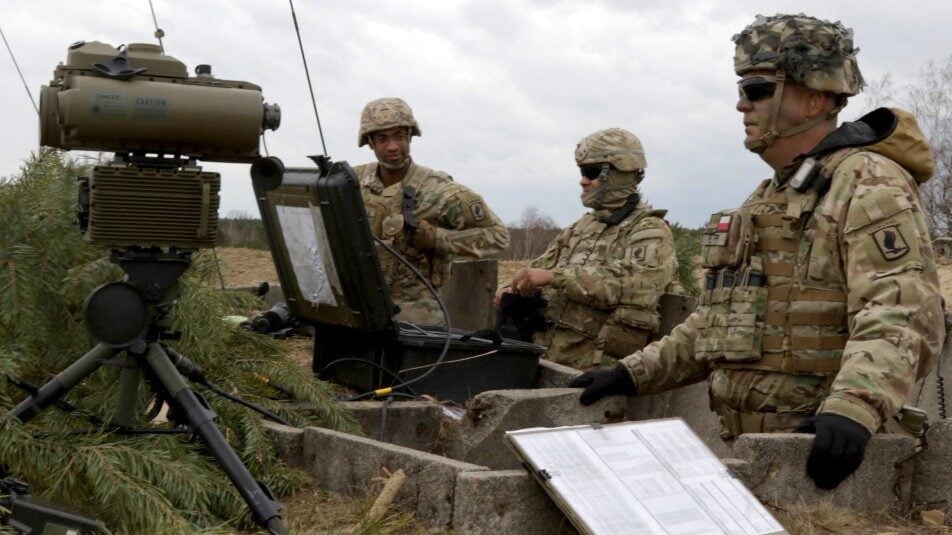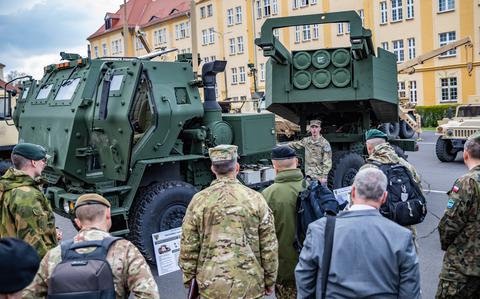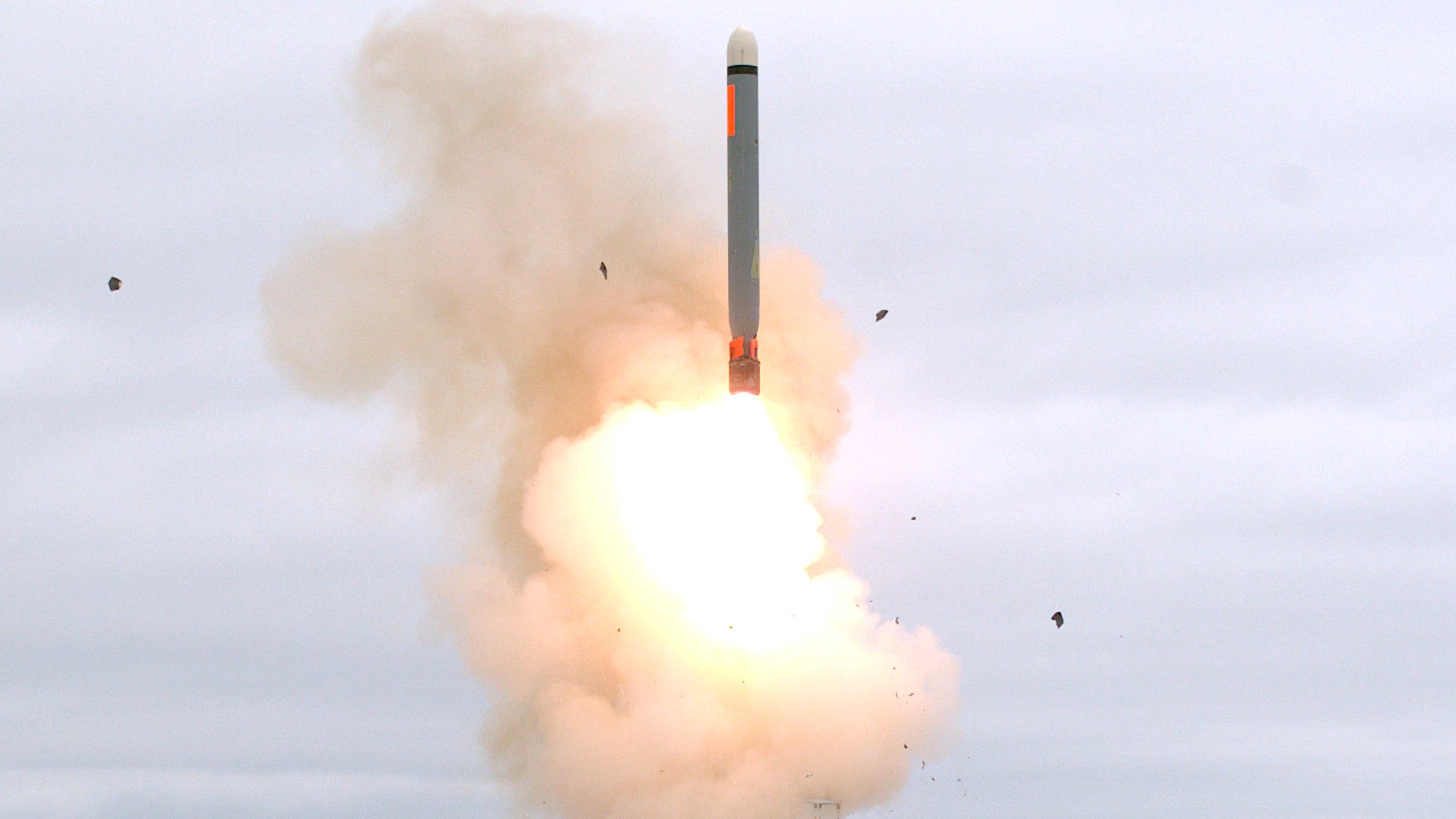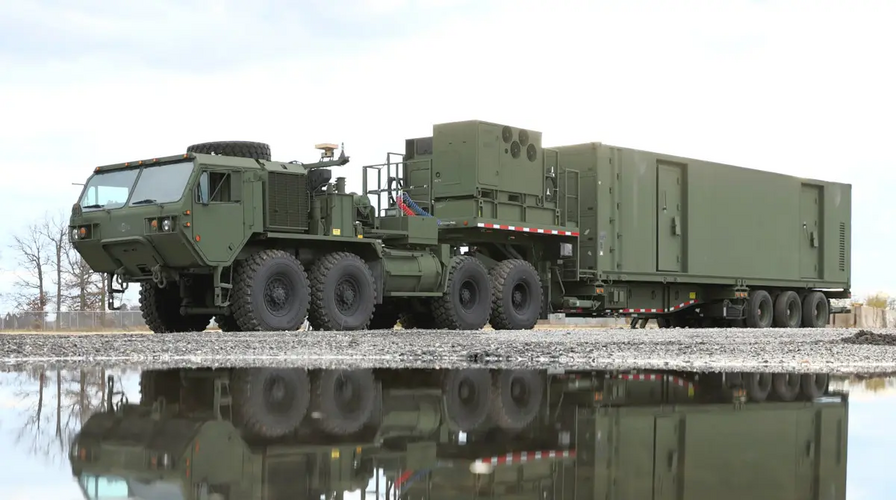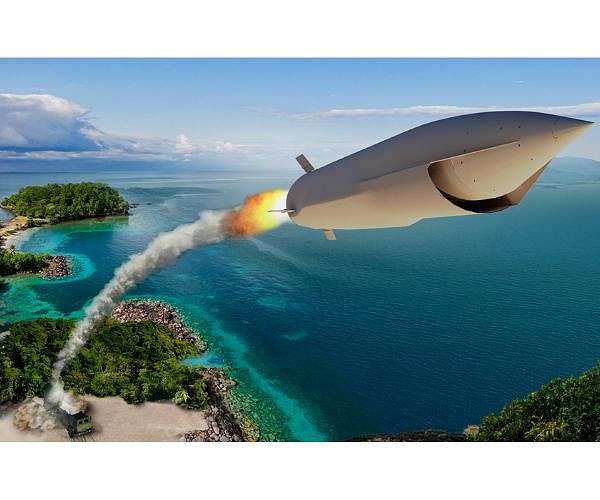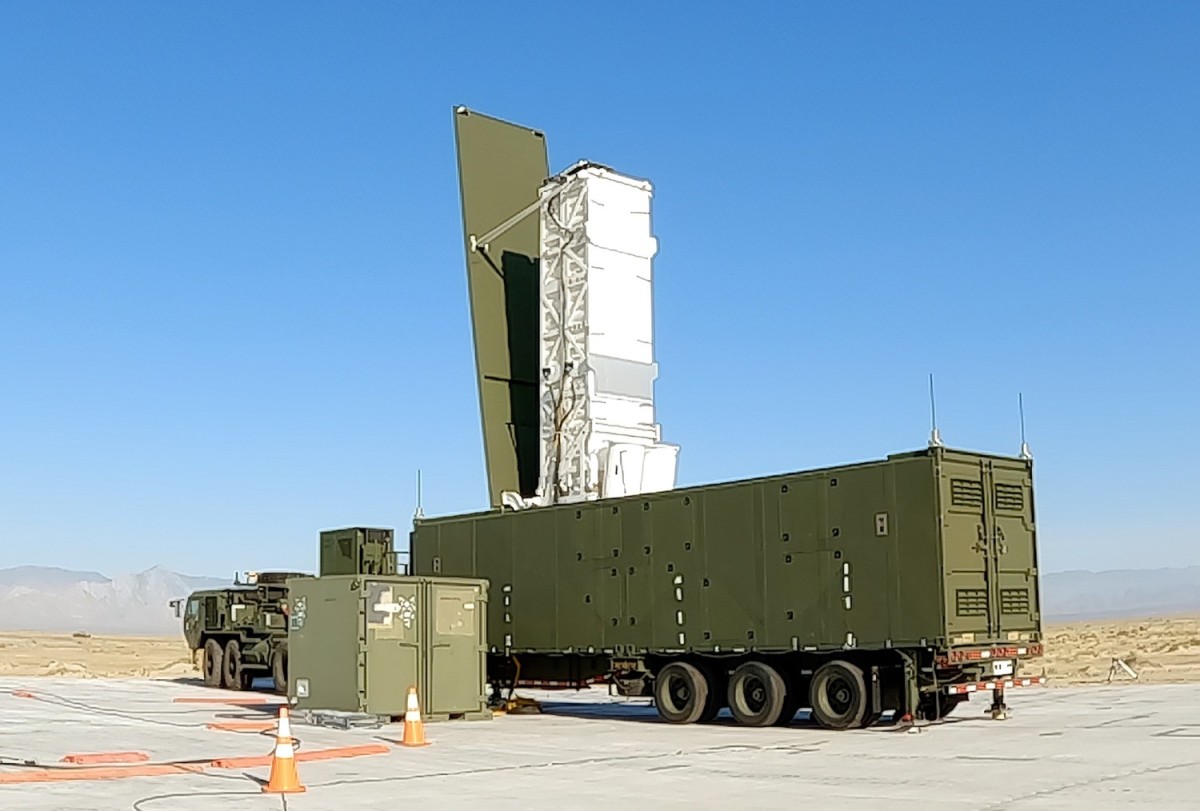Pretty sure that was already violated with NK getting nukes. It's just like the monk says on Golden Child, "you must know when to break the rules."
Nope, that's not how NPT works. The
relevant treaty text is very clear and doesn't have a "but someone else did it first" clause.
Article I
Edit
Each nuclear-weapon State Party to the Treaty undertakes not to transfer to any recipient whatsoever nuclear weapons or other nuclear explosive devices or control over such weapons or explosive devices directly, or indirectly; and not in any way to assist, encourage, or induce any non-nuclear weapon State to manufacture or otherwise acquire nuclear weapons or other nuclear explosive devices, or control over such weapons or explosive devices.
So, sure we could openly break it, but that would be the end of the NPT as a whole. And probably of the whole regime of international norms against nuclear weapons. Right now, there are a very few states that violate those norms, and they are mostly the targets of sanctions and efforts to limit their nuclear programs.
Overturn those norms and nuclear weapon programs will show up much more widely, with ever increasing chance that they will be used or lost to non-state actors.

